Ah~......... Untracked air outlet and speed meter surrounding plastic! Nice!
Nice!
 Nice!
Nice!
 Nice!
Nice!One day, in the not too distant future, you're going to finish this car...a potentially traumatic experience???
Bruce.
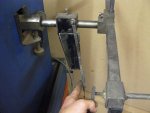
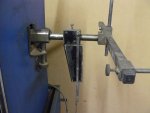
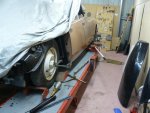
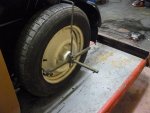
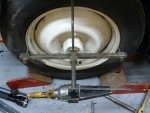
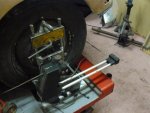
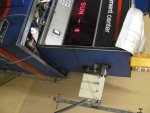
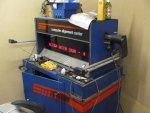
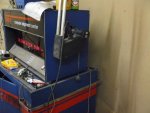
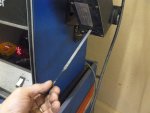
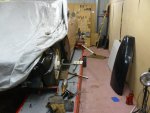
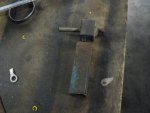
Pull the relays apart and do the job properly.
All early Dees has the lower arm attached to the relay arm. The upper and lower relay arms on power steering cars were a different length from those on manual steering cars. Try to find some power steering ones. It is not easy.
Roger